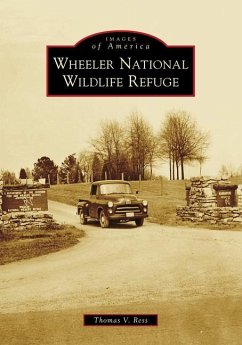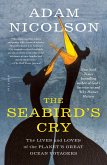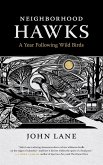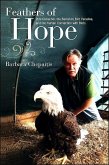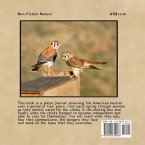Wheeler National Wildlife Refuge was created on July 7, 1938, when Pres. Franklin D. Roosevelt signed an executive order to establish the Wheeler Migratory Waterfowl Refuge with a mission to serve "as a refuge and breeding ground for migratory birds and other wildlife." The refuge was Alabama's first national wildlife refuge and the first national wildlife refuge to be an integral part of a man-made reservoir, encompassing part of Wheeler Lake, which was formed by the construction of Wheeler Dam by the Tennessee Valley Authority. In the ensuing years, the character of the land within the refuge boundaries changed. From eroded, barren fields arose thick stands of hardwoods and pines, lush wetlands, and shady sloughs that attracted huge flocks of ducks and geese. Beaver, deer, otters, and alligators returned. Today, the refuge is a haven of natural beauty surrounded by the trappings of modern society, attracting thousands of visitors who come to view the large numbers of ducks, geese, cranes, and other wildlife that inhabit the refuge.
Hinweis: Dieser Artikel kann nur an eine deutsche Lieferadresse ausgeliefert werden.
Hinweis: Dieser Artikel kann nur an eine deutsche Lieferadresse ausgeliefert werden.

